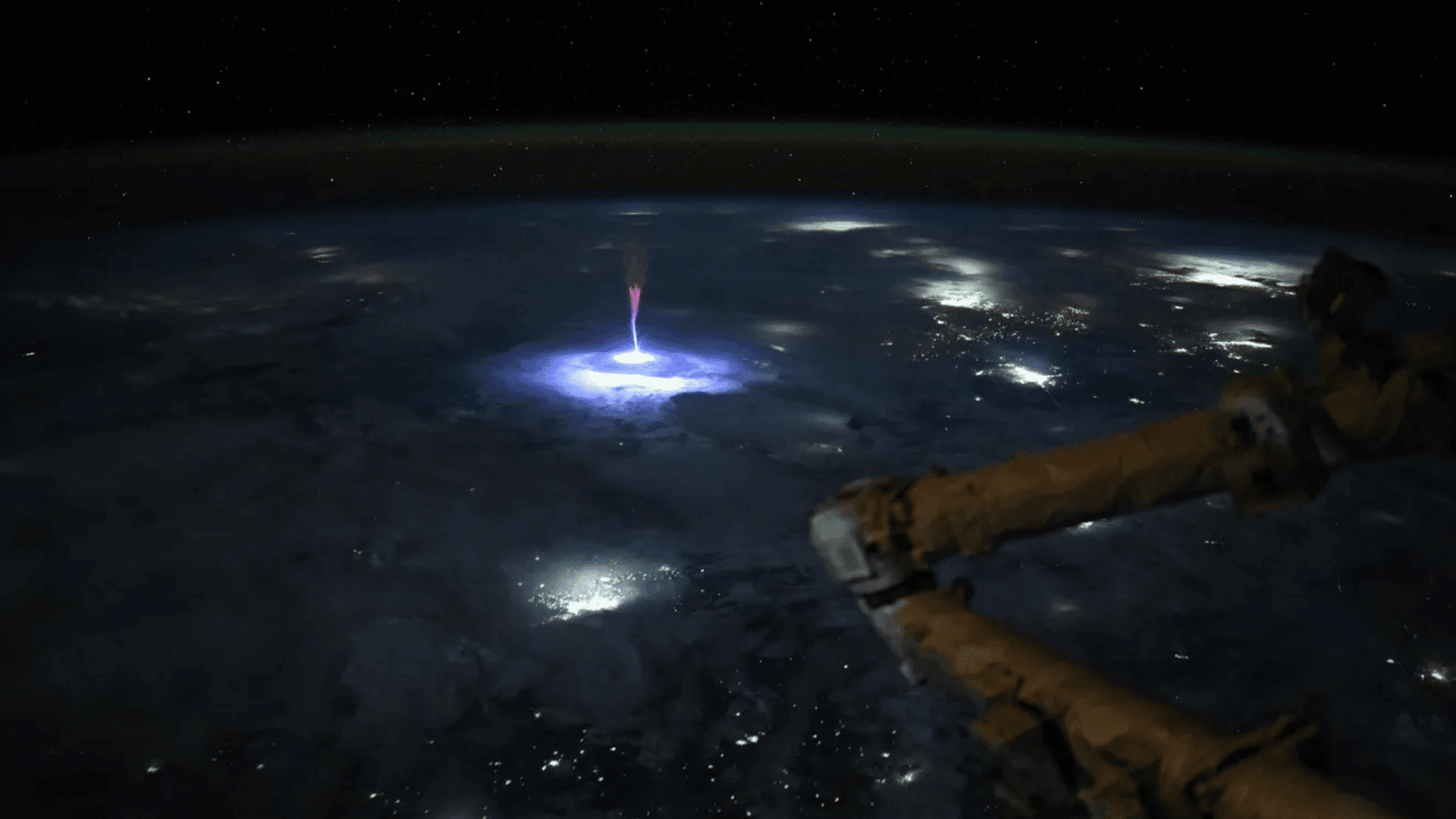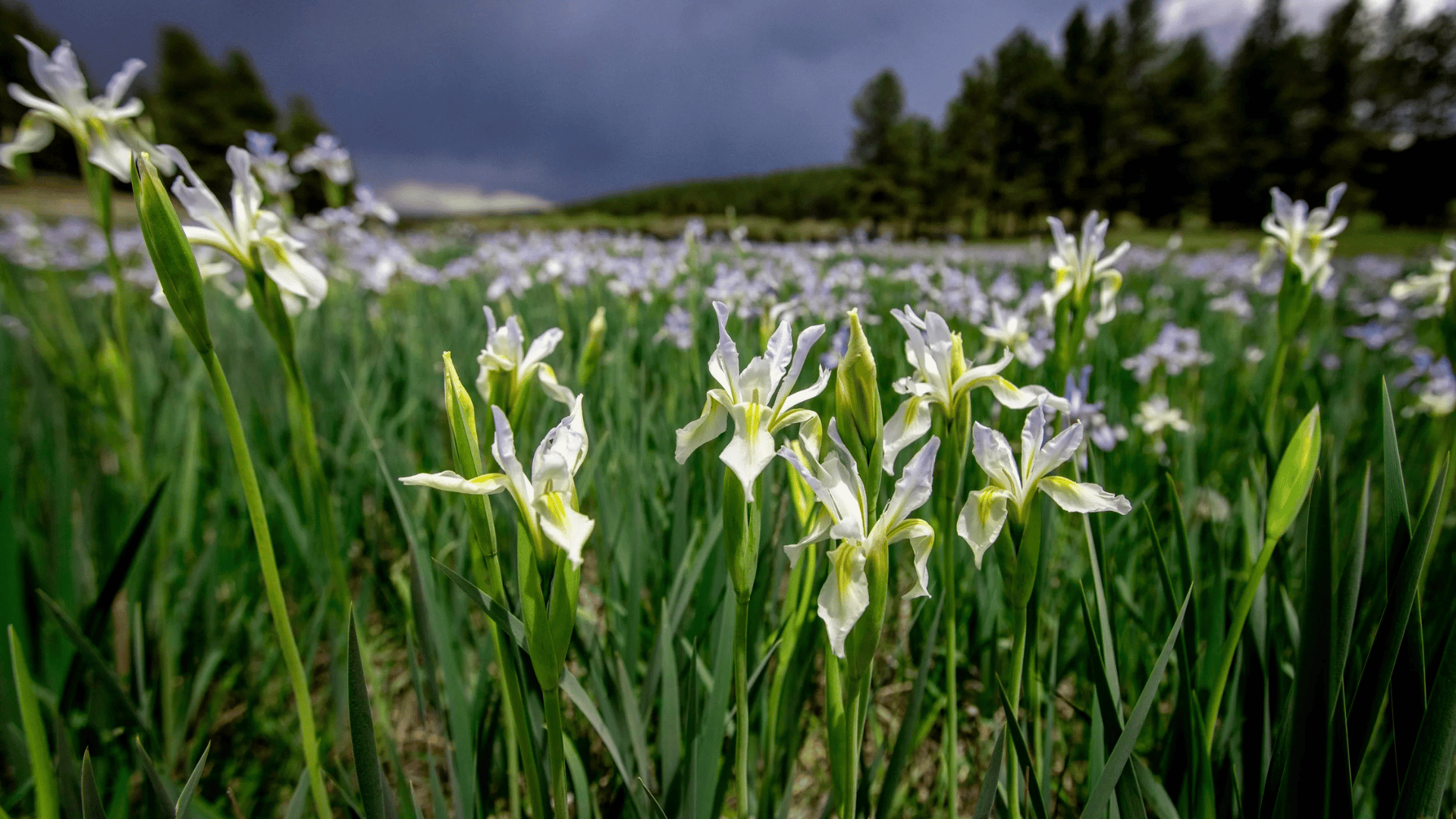A NASA astronaut on the International Space Station (ISS) captured images of a rare lightning phenomenon that scientists have been trying to understand for decades.
Rare ‘Sprite’ Lightning Event

The atmospheric event, known as a “sprite”, is difficult to capture from the ground because it occurs approximately 50 miles above the clouds. Nichole Ayers, an astronaut aboard the ISS with astral photography experience, snapped the photo of the rare event.
One of 11 people currently living aboard the ISS, Ayers previously made headlines for completing a rare all-female space walk. This also isn’t the first time Ayers has captured some stunning space images.
In May 2025, Ayers captured photos of lightning striking beneath the ISS and posted them on X. In her post on X, she stated that she first observed the lightning as she came back into the airlock after a spacewalk outside the orbital outpost. Ayers and fellow NASA astronaut Anne McClain captured photos of the lightning the next day.
Ayers spotted the sprite activity below as the space station drifted over Mexico and the U.S. According to USA Today, sprites or transient luminous events (TLEs) appear when lightning interacts with nitrogen in Earth’s atmosphere, creating an electrical breakdown that produces flashes of red light.
According to NASA’s Earth Observatory, the sprites are sometimes nicknamed “jellyfish sprites” due to the long red tendrils the phenomenon sometimes produces. Astronauts on the ISS set up cameras on the outpost’s cupola to capture time-lapse sequences with a wide field of view.
Photos like the one captured by Ayers could help scientists learn more about this rare and mysterious phenomenon.
“We have a great view above the clouds, so scientists can use these types of pictures to better understand the formation, characteristics, and relationship of TLEs to thunderstorms,” Ayers concluded in a post on X.







